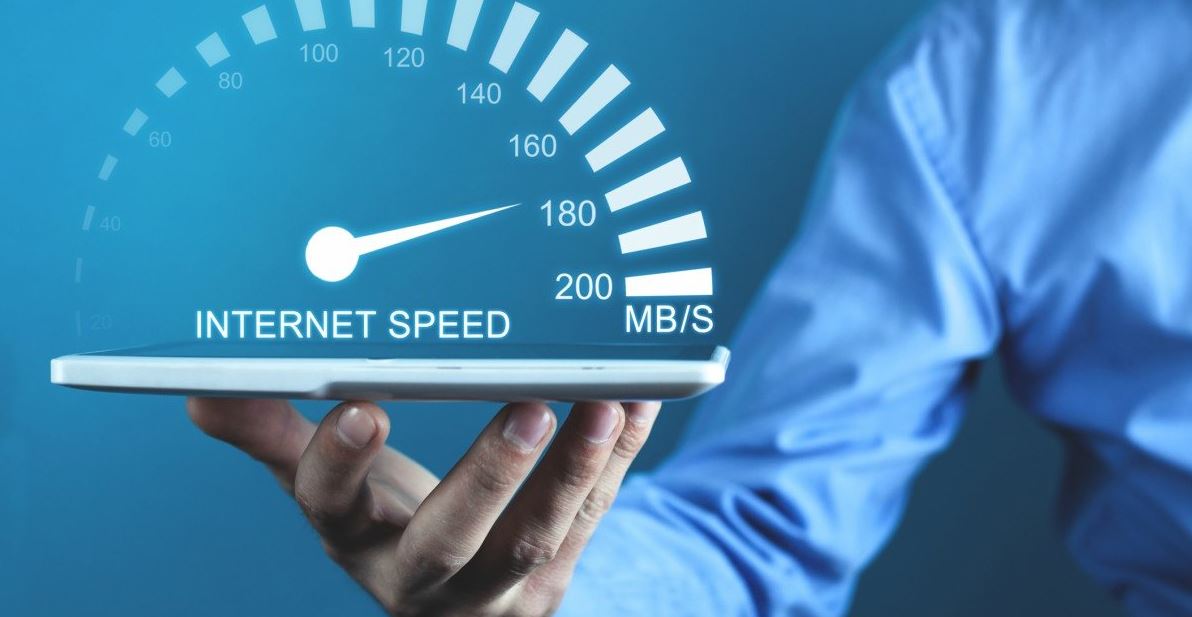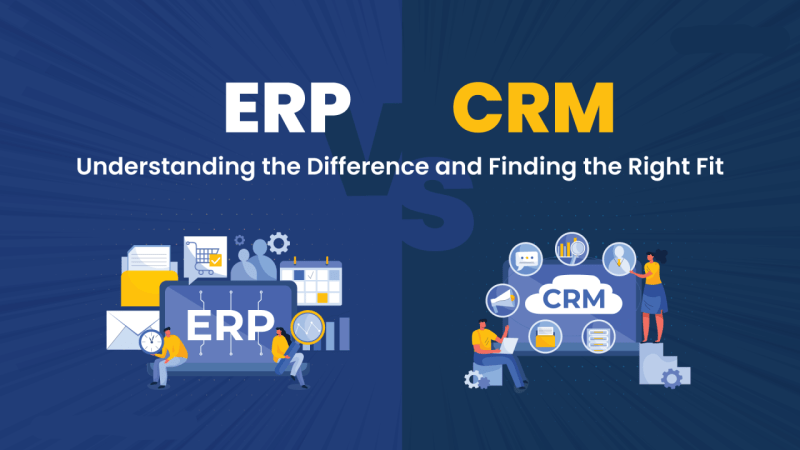How do Internet speed tests work? and how accurate are they?

Table of Contents
How do Internet speed tests work?
Internet speed tests are a quick way to see how fast your Internet is. ISPs promise “up to” a certain speed under optimal conditions, but a speed test will confirm how fast or slow your connection is.
What is the speed test?
An Internet speed test is the best way to get an idea of how fast your connection is right now. The service you connect to often limits download and upload speeds based on the plan you choose, local congestion, download limitation rules you have, etc.
The problem is that the promises that your Internet Service Provider (ISP) makes almost always include the phrase “until”. This gives an ISP some leeway: if it promises you “up to 30 Mbps,” and you consistently get only 28 Mbps, then the company can say it has delivered on its promise. But if you see 10 Mbps, then you are not getting what you pay for, and it is time to call your ISP.
A speed test measures your ping, and download and upload speeds, or data upload and download. Measurement of the latter two is essential because most ISPs make separate promises for download and upload speeds. In general, the download speed is prominent, but if you dig into the details, the ISP usually specifies a slower download speed for each level. For example, our local ISP offers a plan with a download speed of 500 Mbps, but an upload speed of 125 Mbps.
How a speed test works
After choosing a server, a ping, download, and upload test is performed.
When starting a speed test, multiple things happen. First, the client determines its location and the closest test server to it; this part is important. Some versions, like Ookla’s Speedtest.net, have the option to change the server. With the test server in place, the speed test sends a simple signal (a ping) to the server, and the server responds. The test measures that round trip in milliseconds.
Once the ping is complete, the download test begins. The client opens several connections to the server and tries to download a small piece of data. At this point, two things are measured: the time it took to capture the data chunk and the number of network resources you used.
If the client detects that you have space to spare, open more connections to the server, and download more data. The general idea is to tax your Internet connection and see how much you can do simultaneously.
Imagine your Internet connection as a highway with a speed limit. Opening additional connections are like adding more lanes to the road. The speed limit has not changed, but more cars can go through the same space at a faster rate; therefore, car 50 will arrive sooner on a four-lane highway than a two-lane highway.
Once the customer determines that they have the correct connections to test their Internet service, they download additional chunks of data, measure the amount downloaded in the allotted time, and present a download speed.
The following is the load test. It is essentially the same process as the download test but in reverse. Instead of extracting data from the server to your PC, the client uploads the data from your PC to the server.
Are speed tests accurate?
Speed tests sound simple, but it is much more difficult than it seems to measure the speed of your connection accurately.
Consider the first step in the process: choosing a test server. Often the closest server can be incredibly close, perhaps even in the same city. That proximity is an optimal situation, so the data doesn’t have to travel that far. Companies know that proximity makes a difference, and that’s why some, like Netflix, use a content delivery network to bring data closer to users.
But the internet is not near you. Much of it is found on distant computers, sometimes across the country or in another country. Therefore, although the speed test can show incredibly fast flows, downloading a program may be very slow if the server hosting the data is far away. In that scenario, your results may reflect faster performance than real-world use.
The difference in server locations is the reason different speed results are likely to be seen when trying different tests, like those from Ookla, Netflix, or Google. Your ISP may also offer a speed test, such as Comcast, Spectrum, or AT&T. However, you probably shouldn’t rely on an ISP-generated speed test. Your tests are optimized for ideal conditions, using servers close to you that are often kept on the same ISP network that you are testing from. This means that you will get a faster result than with a speed test from Netflix or Google. It’s okay if you just want to brag about how great your ISP is (that’s the idea), but it’s bad to get a feel for your speeds in reality.
In the second step of the testing process, the client attempts to open additional connections and maximize network use. For example, if you are downloading or playing online while testing, then the speed test cannot make the most of your resources. If you test while streaming Netflix or download a large update, for example, your results are likely to be lower than tests without running.
The way you are connected and the devices you are testing also affect the results. An Ethernet-connected PC should have a faster speed result than a Wi-Fi-connected tablet because Wi-Fi is generally slower than ethernet. Results may vary on different devices, even if they use the same connection.
[Also Read: Where are all the data on the Internet stored?]
How to get the most accurate results
Obtaining accurate results depends on what is to be measured. Want to see if your ISP is delivering the speeds it promised? So, look for optimal conditions. Use a device connected to Ethernet, choose the test server closest to you, and stop anything that may be using the Internet connection, such as a streaming service.
You may even need to restart the router before performing a speed test. If your router has a built-in speed test, use it instead of a browser test. Doing so removes some of the obstacles the process has to go through.
However, if you want results that are more similar to real-world performance, use a browser or an application test. Bypassing the router test should allow you to choose a farther server. If you regularly have one or two video or audio streams running, start these before starting the Internet speed test.
Ultimately, no matter what steps you take or how you measure, you won’t get a perfectly accurate result. However, you can get a good enough result to satisfy your curiosity or check the speeds promised by your ISP.






